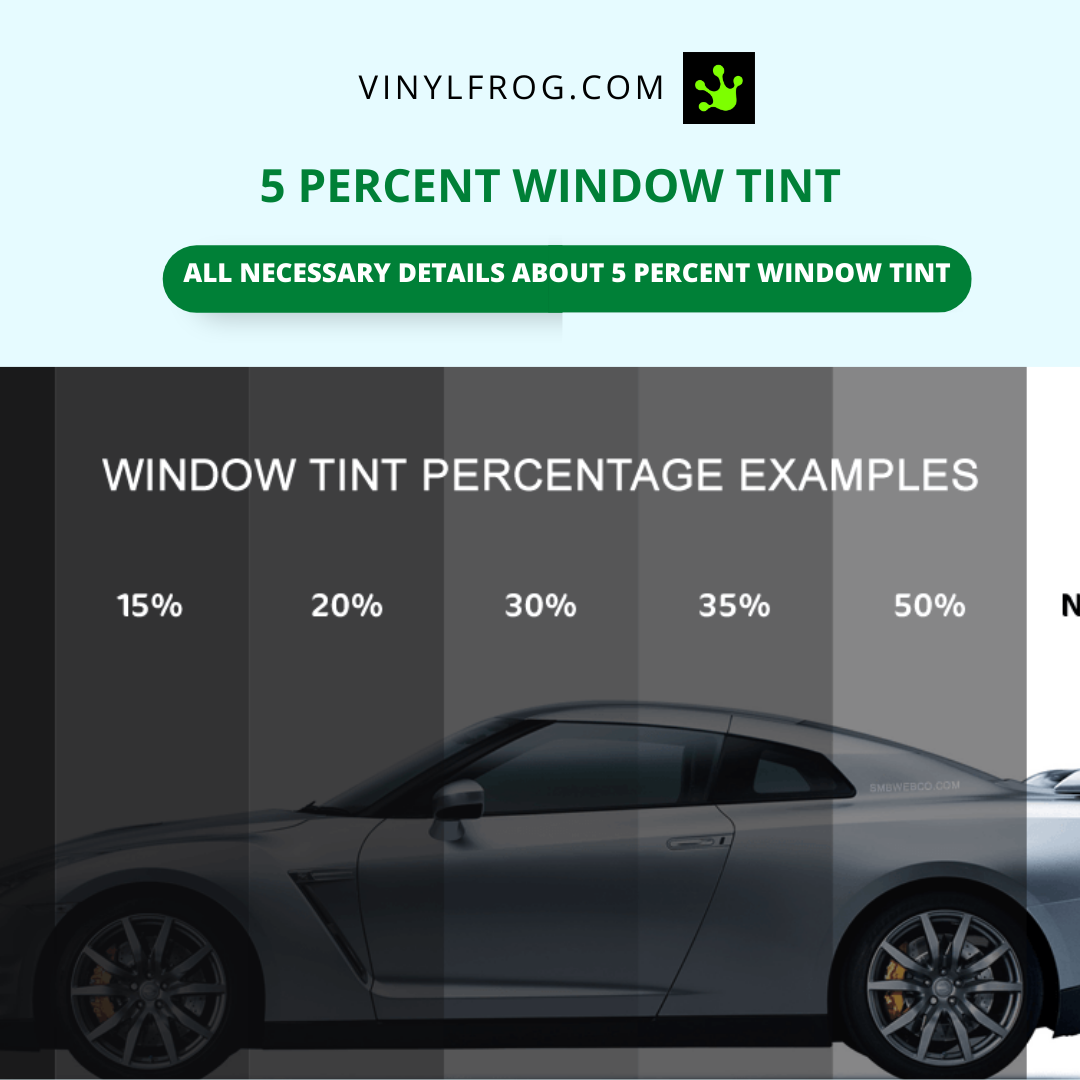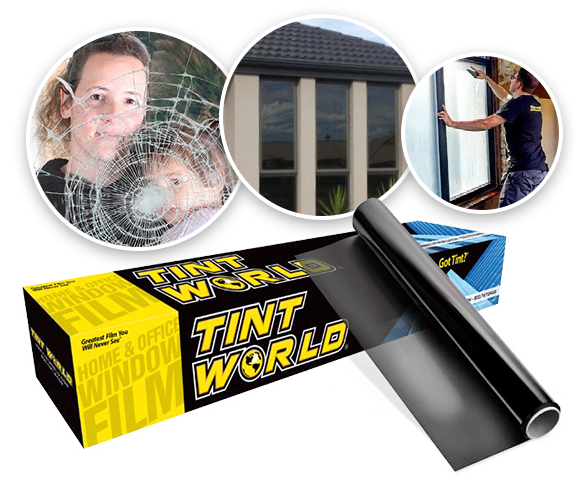Home Window Tinting Regulations and Guidelines: What You Required to Know Before Tinting Your Auto
Before continuing with home window tinting for your car, it is vital to acquaint on your own with the varied laws and standards that control this method across various states. These laws determine the allowable degrees of color darkness, usually measured by noticeable light transmission (VLT) percents, and consist of certain terms for front windscreens targeted at making sure road safety. Additionally, specific jurisdictions might provide clinical exceptions for individuals with qualifying conditions. Understanding these intricacies can conserve you from possible lawful ramifications, however what are the details policies in your state?
Overview of Home Window Tinting Regulations
Window tinting regulations are often subject to variant across various territories, mirroring regional regulations and security factors to consider. These legislations dictate the acceptable degrees of color darkness and reflectiveness on lorry windows, guaranteeing that motorists maintain adequate visibility while also safeguarding against damaging UV rays and heat.
Most policies classify home window tinting based on the Visible Light Transmission (VLT) portion, which indicates the quantity of light that can travel through the window. Generally, reduced VLT portions symbolize darker colors. Laws commonly separate between the front, side, and rear home windows, with more stringent constraints related to the front windscreen to boost safety for both the driver and various other roadway individuals.
In addition, some jurisdictions enforce limitations on the reflectivity of the color, protecting against extreme glare that could hinder visibility. Exceptions to these regulations may exist for individuals with particular clinical problems calling for extra sunlight protection. Conformity with home window tinting guidelines is essential, as offenses can result in fines, obligatory removal of the tint, and potential boosts in insurance policy premiums. Therefore, it is important for vehicle owners to acquaint themselves with local regulations prior to proceeding with window tinting installations.
State-by-State Tint Regulations
Recognizing the details window tinting policies in each state is crucial for lorry proprietors looking for to follow the law. Each state in the united state has actually established its very own collection of policies governing home window tinting, which can differ significantly. These policies commonly dictate the permitted degrees of tint darkness, the kinds of windows that can be tinted, and any type of clinical exceptions that might use.
As an example, states like The golden state have stringent restrictions on tint darkness for front windows, while others, such as New Mexico, may permit darker colors. In addition, particular states mandate certain visibility percents for numerous home windows, consisting of the windshield, front side windows, and rear windows. It is vital for auto proprietors to familiarize themselves with their state's regulations to stay clear of prospective fines or fines.
Moreover, some states might need a qualification sticker to be positioned on colored home windows, indicating compliance with state legislations. Failing to adhere to these policies not just runs the risk of lawful consequences yet can also impact safety and security and visibility while driving. Consequently, vehicle owners must perform comprehensive research study or get in touch with local authorities to make sure complete understanding and conformity with state-by-state color laws.
Allowed Color Levels and Kinds
Many lorry owners might be shocked to learn that permitted color degrees and kinds differ extensively across various states. Each state has actually developed its very own policies relating to the permissible darkness and reflectivity of window tint, commonly gauged by Visible Light Transmission (VLT) percentages. VLT refers to the quantity of light that can travel through the tinted home windows; hence, a reduced portion indicates a darker color.

In addition, the kinds of tint materials enabled can vary, with some states prohibiting mirror-like or metal coatings. It is essential for automobile proprietors to acquaint themselves with their state's details regulations to make sure compliance. Non-compliance can lead to fines, obligatory elimination of the tint, or various other lawful consequences, making it essential to understand these guidelines prior to waging setup.
Medical Exemptions for Tinting
While not all states offer allocations for clinical website here exceptions pertaining to home window tinting, those that do recognize the need for specific people to enhance exposure and convenience due to medical conditions. Different medical problems, such as lupus, skin cancer, and specific eye conditions, can render people particularly conscious sunshine. Subsequently, these individuals may call for darker colors to secure themselves from harmful UV rays and glow.

It is essential to keep in mind that despite a clinical exception, there may still be limitations on the degree of color allowed. Conformity with state laws ensures that people are both secured and within lawful limits. Those taking into consideration clinical exceptions should call their local Division of Electric motor Automobiles or equivalent authority to comprehend the treatments and requirements essential to look for an exemption effectively.
Penalties for Non-Compliance
Failing to adhere to home window tinting laws can lead to substantial charges, which differ by state. Regulation enforcement companies are encouraged to provide citations for cars that do not stick to the defined tinting policies. These penalties commonly include penalties, which can range from small amounts to numerous hundred dollars, depending upon the seriousness of the offense and the state in concern.
In some territories, duplicated offenses may lead to intensifying penalties or added penalties, such as necessary court appearances. Non-compliance may require the removal of prohibited tinting, frequently at the owner's expenditure. In severe instances, habitual transgressors may deal with suspension of their car registration until conformity is achieved.
Additionally, insurance effects may emerge from getting numerous citations for home window color violations. Insurance firms may watch such violations as an indication of riskier habits, potentially bring about boosted costs or difficulty in insurance coverage.
To prevent these charges, it is vital for automobile proprietors to familiarize themselves with their local home window tinting regulations and make certain that their automobile complies (Window Tinting). This aggressive method not just prevents lawful implications however additionally advertises road security
Verdict

A lot of guidelines classify window tinting based on the Visible Light Transmission (VLT) portion, which shows the amount of light that can pass with the window. Compliance with home window tinting laws is crucial, as violations can result in penalties, required elimination of visit this page the tint, and possible increases in insurance Website coverage costs.Recognizing the details home window tinting policies in each state is essential for automobile proprietors looking for to comply with the legislation. These laws frequently dictate the allowed levels of color darkness, the types of windows that can be tinted, and any medical exemptions that might apply.
For circumstances, states like California have rigid constraints on color darkness for front home windows, while others, such as New Mexico, may allow darker colors.